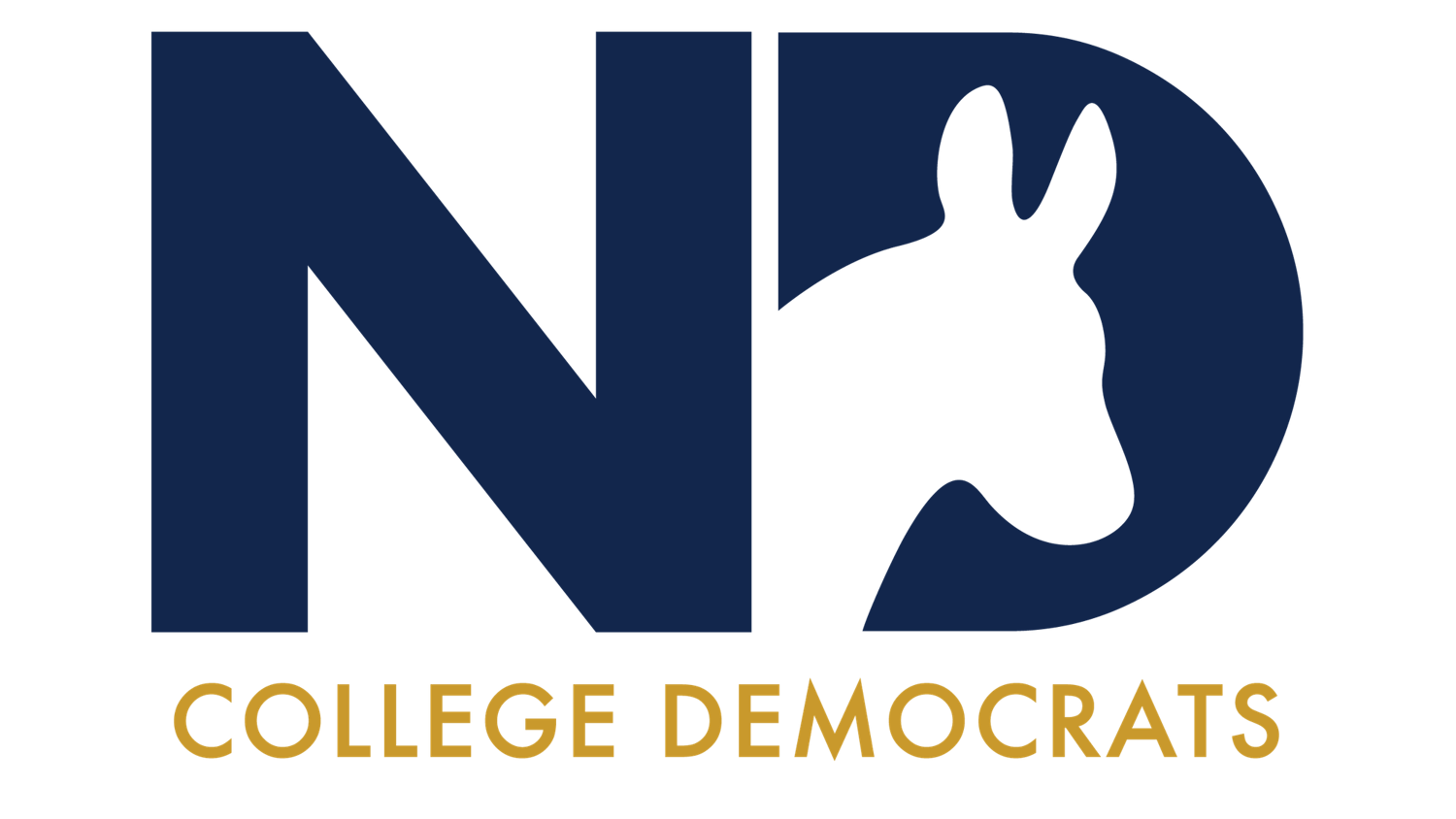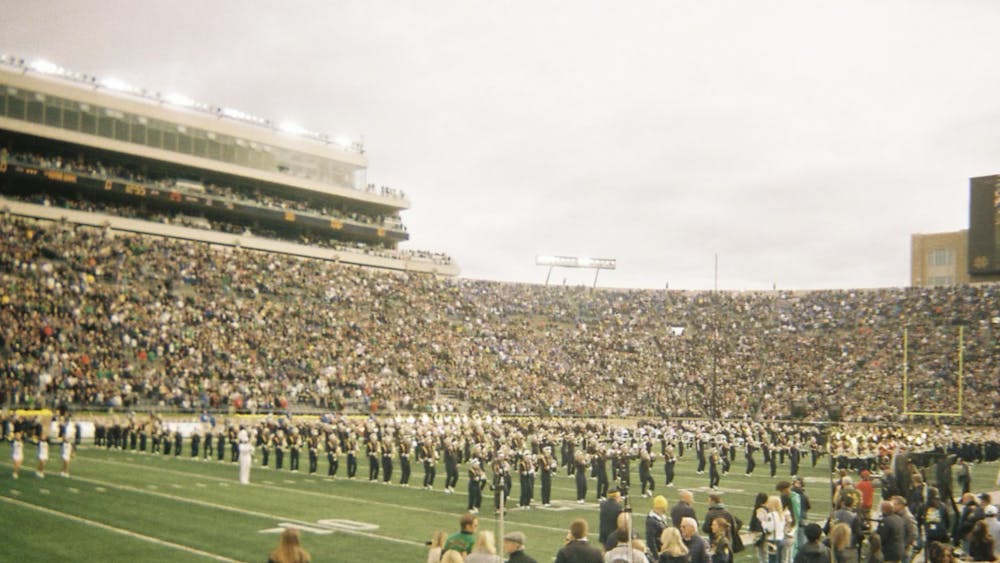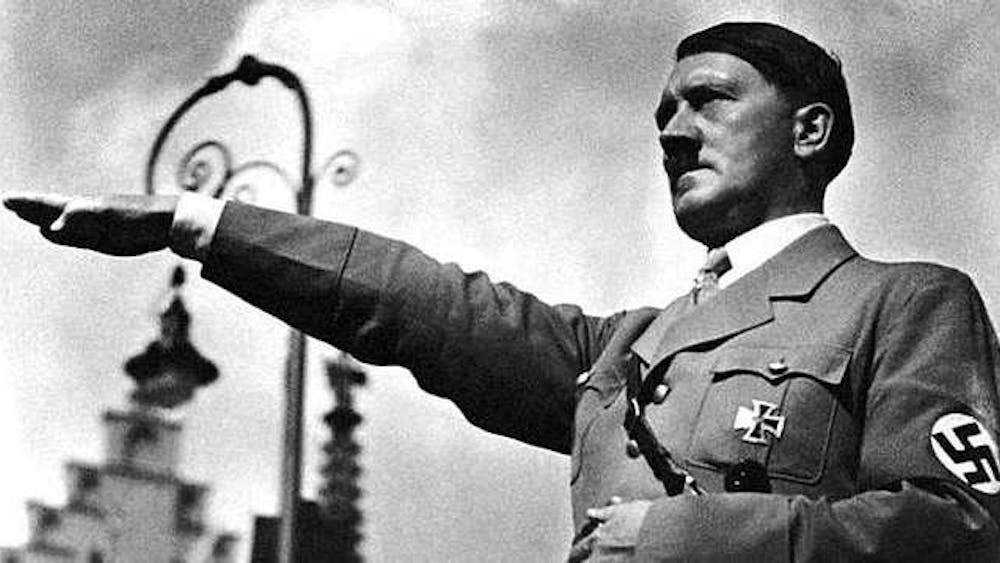In the span of 10 days in February, two Notre Dame alumni took their own lives.
Both men represented their alma mater, though in different ways: One was a superstar, an All-American football player and eventual Super Bowl winner. The other was an average student, an interhall football player and eventual Notre Dame dad.

Now, the brains of both Dave Duerson and Peter Grant are in a lab at Boston University, as part of a study of Chronic Traumatic Encephalopathy (CTE).
The Boston University website connected to the study describes CTE as "a progressive degenerative disease of the brain found in athletes (and others) with a history of repetitive brain trauma." It lists boxers and football players as the most likely to have CTE, with symptoms — memory loss, aggression and depression, among others — appearing "months, years, even decades" after the athletic involvement that led to brain trauma.
In short, when student boxers take the ring for the final round of Bengal Bouts tonight, or when the Irish football team begins spring practice two weeks from today, someone could take a hit that haunts him for the rest of his life.
Much of the study and discussion of head injuries has focused on the National Football League, but we've seen it isn't just professional or even varsity athletes who can be affected by this problem.
Just this week, Notre Dame professor Mayland Chang announced that the NFL would be funding her research into a compound that could, hopefully, help to prevent brain damage when administered directly after a head injury.
This is a commendable first step in expanding the conversation onto campus. Now, Notre Dame needs to become even more of a leader in research, safety and education about head injuries.

Bengal Bouts, Baraka Bouts and full-pad interhall football are all signatures of Notre Dame student life. So is the Notre Dame football team, of course.
And because boxing and football are so integral a part of this campus' fabric, there is no better place to begin a wider movement of learning and protection.
The studies are not yet concluded and all the facts are not yet known about CTE or the risks involved in these sports. But that doesn't mean our students, from the highest levels of athletic activity to the lowest, shouldn't be made aware of the possible future consequences. And it doesn't mean Notre Dame shouldn't be working hard to find out more.
Interhall players are currently made to watch a video about how to tackle without causing injury; but they are not informed of the possible decades-later consequences a concussion, or even many lesser hits, could cause.
The same is true of students who compete in the Bengal and Baraka Bouts. Boxers hear about how to avoid serious head injuries, but do not learn about long-term effects.
Informing students of the risk — not simply that of a concussion and its aftereffects, but also the risk that comes from every collision — is a first step RecSports should take immediately. Would it change a lot of minds about participating in these favored activities? Probably not, nor should it. But students need to have all the information available, so they can make a conscious decision and can take any necessary precautions.
The University should also be actively working to find the safest possible ways of practicing and playing the game of football to prevent head trauma, and implementing new findings as quickly as it can.
There are few schools that can boast premier research abilities and an all-consuming love of athletics on a varsity and non-varsity level.
There is only one school that can combine those two things with a Catholic character of love and concern for every student and graduate to form the core of its identity.
It is time Notre Dame leads the way in research and education about head trauma, and makes a concerted effort to protect its athletes and its alumni, its superstars and its average students, from the type of tragedies that struck our community in February.












